By Francois-Marie Dumas (translated/expanded by Paul d’Orléans)
Café Racer magazine (France) hosts its annual Café Racer Festival at the Montlhéry autodrome on the third weekend of June, and it remains the sole motorcycle-only event held at that historic track. Other events like Vintage Revival Monthléry are mixed car and bike, so the CRF is something special [but watch our film on Montlhéry here!]. This year the event was made extra-special by the efforts of French moto-journalist and historian Francois-Marie Dumas (a Vintagent Contributor), who organized an exhibition of simply remarkable machines with racing and record-breaking history at or near the track. Francois-Marie kindly provided us with photos from the Café Racer event, plus historic photos of these motorcycles racing and taking records at Montlhéry and nearby Arpajon in their day.
Here’s a second batch of remarkable machines exhibited this year at the Festival:
1935/1952 Koehler-Escoffier ‘Monneret’ 1000cc
Collection: Henri Malartre Museum, Lyon (France)
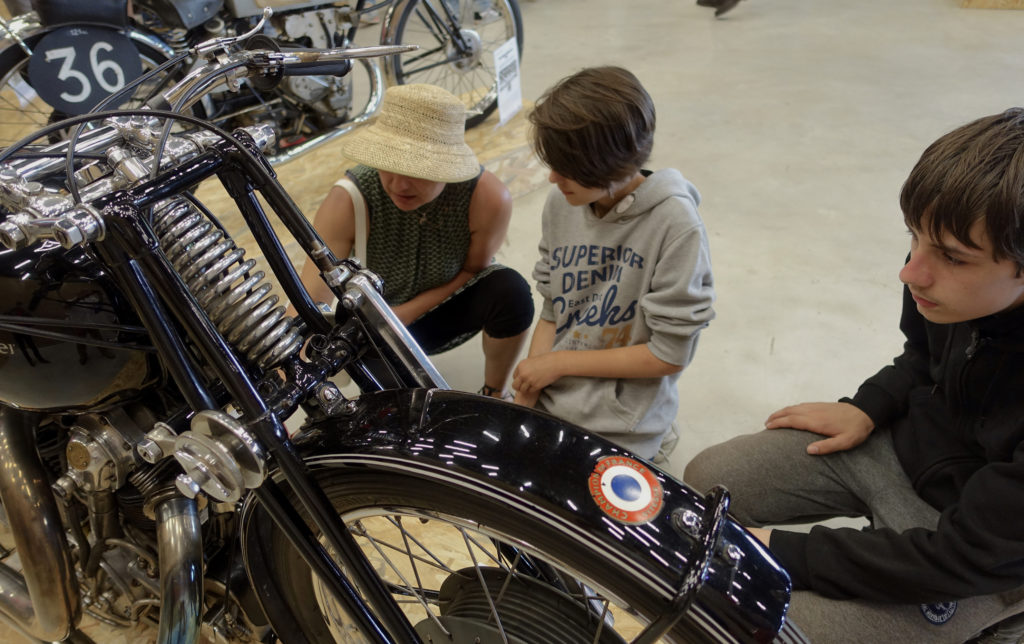
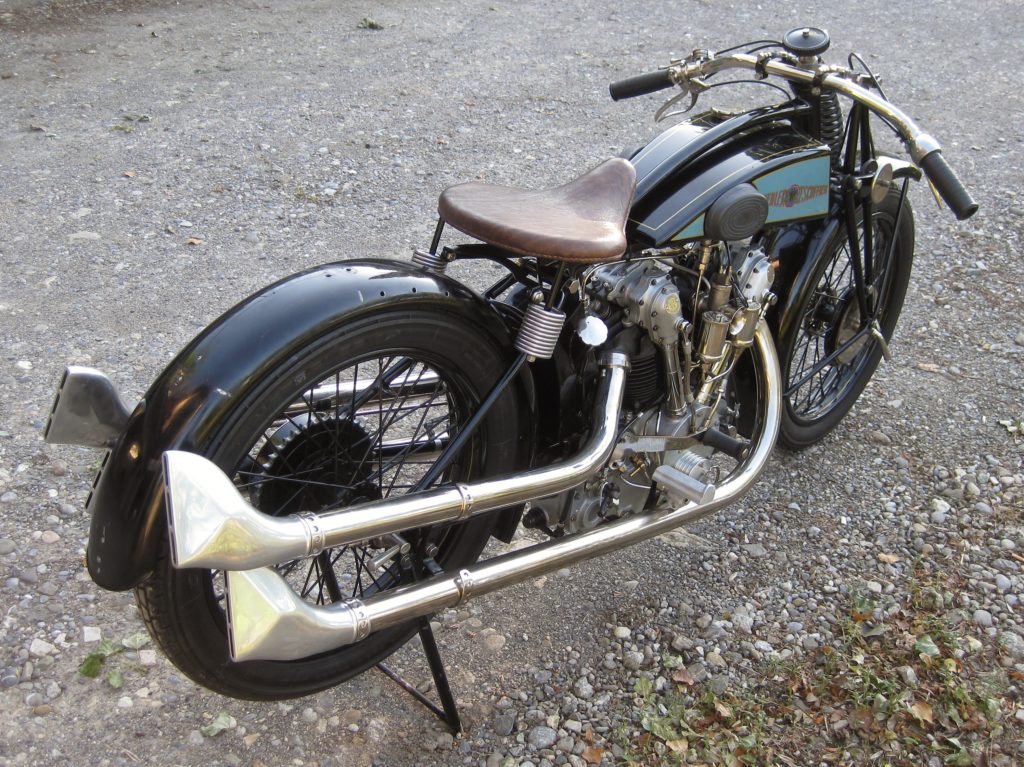
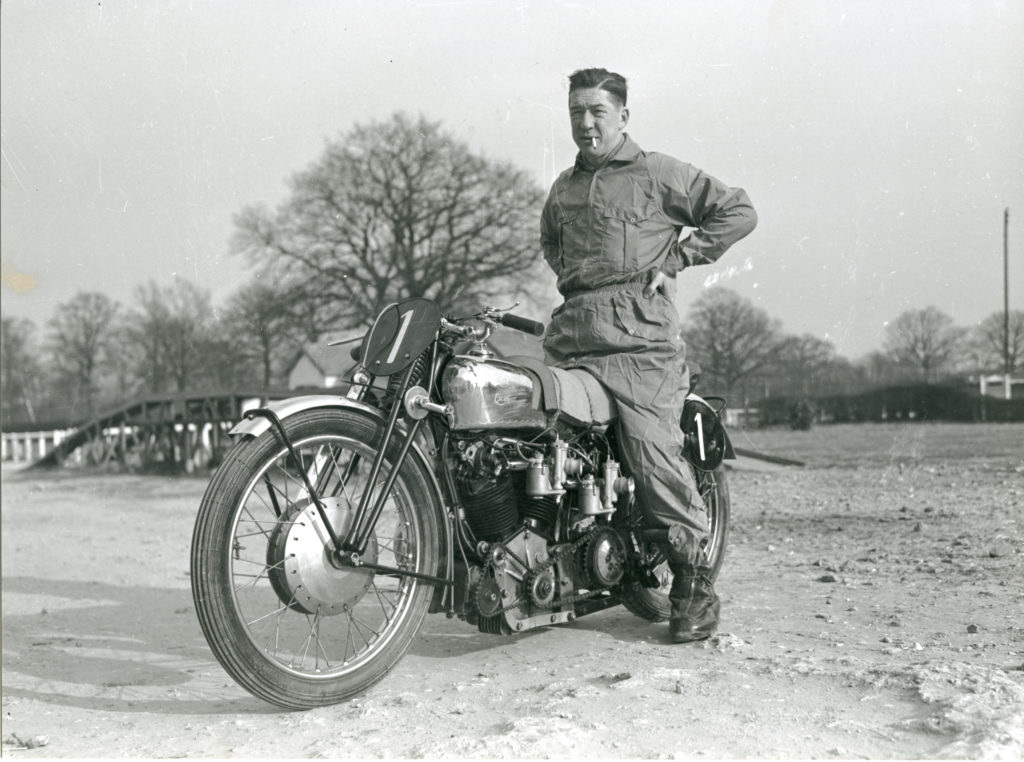
1937 AJS R10 500cc
Collection: Motor Sport Museum Hockenheimring (Germany)
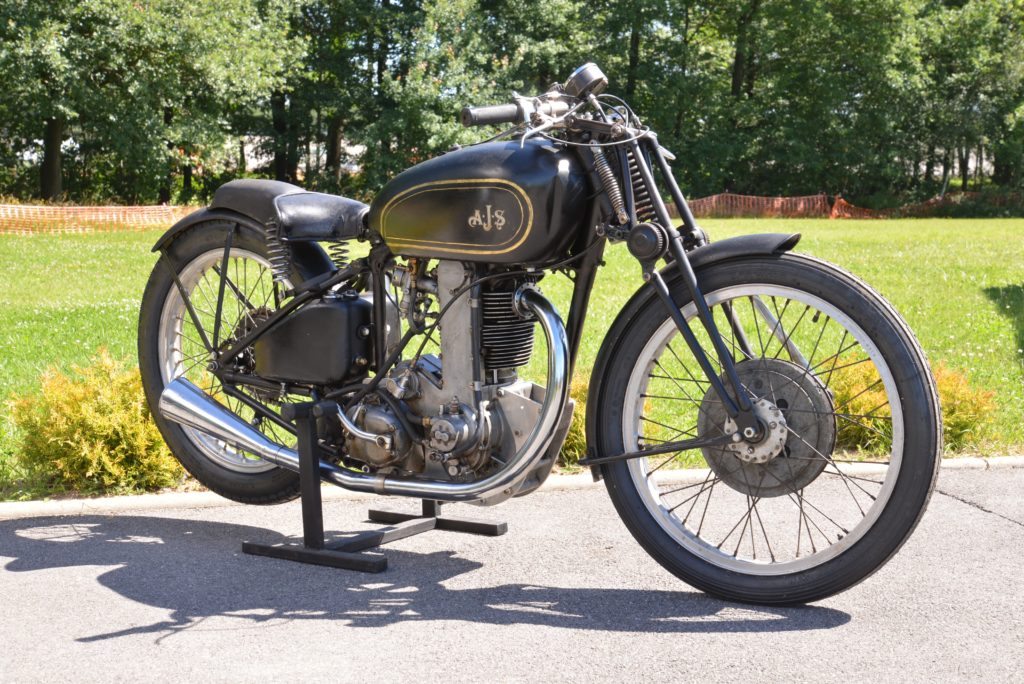
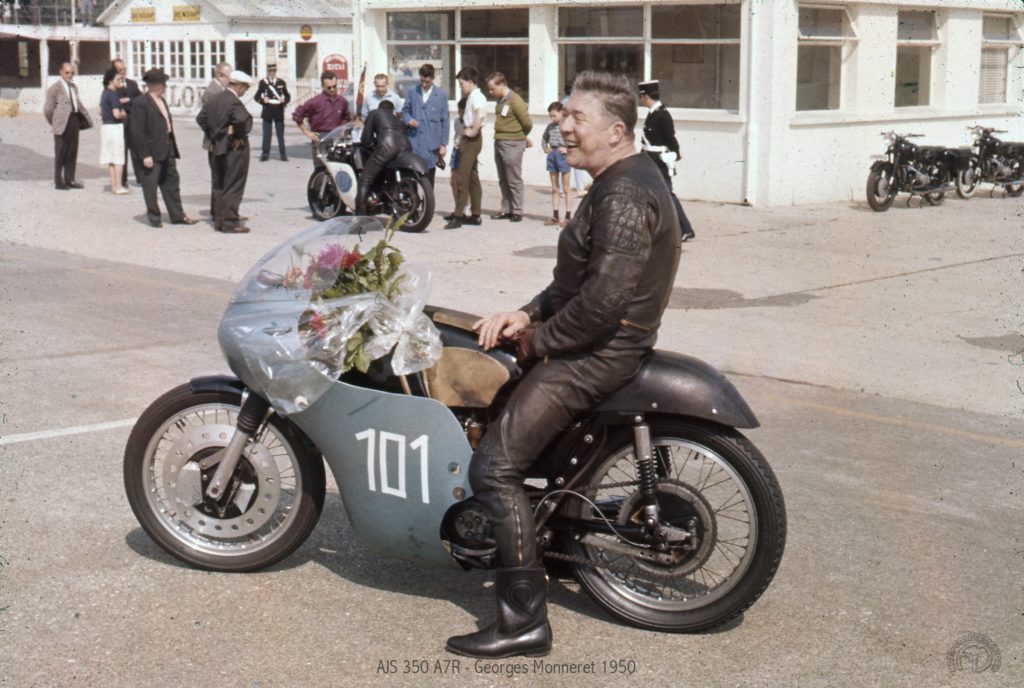
1937 Gnome & Rhône 750 Type X with Bernardet ‘Avion’ sidecar
Collection: Jean-Claude Conchard (France)


1938 Nougier 175cc DOHC
Collection: Stable Nougier (France)
Jean Nougier was an engineer who spent his pre-war career upgrading French race machines with advanced overhead-camshaft cylinder heads, and other improvements to make them vastly more competitive. In 1935 he built a 175cc double-overhead-camshaft racer based on a Magnat-Debon, that so impressed the Director of the Magnat-Debon/Terrot factory (Jean Vurpillot), he supplied Nougier with raw castings of magnesium crankcases, and aluminum cylinders and heads. The hot engine of the new 125 DOHC racer built by the Nougier brothers for 1937 looks very much like Magnat-Debon’s 175 LCP from 1935, but everything inside was different: the crankshaft was homemade and the fins of the barrel are square, a rarity at the time. A cascade of gears drives the camshafts.
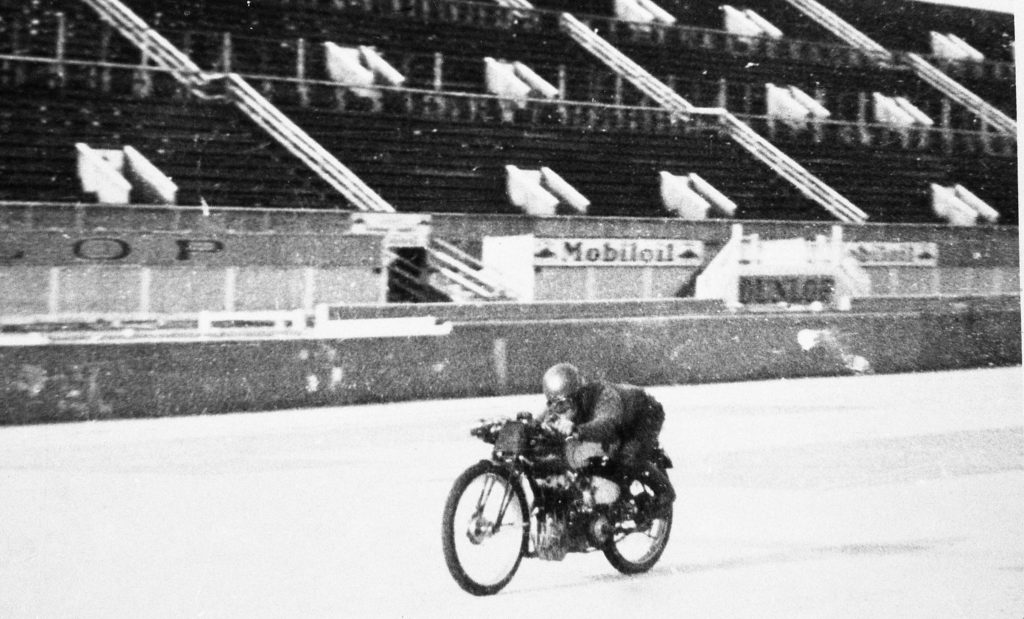
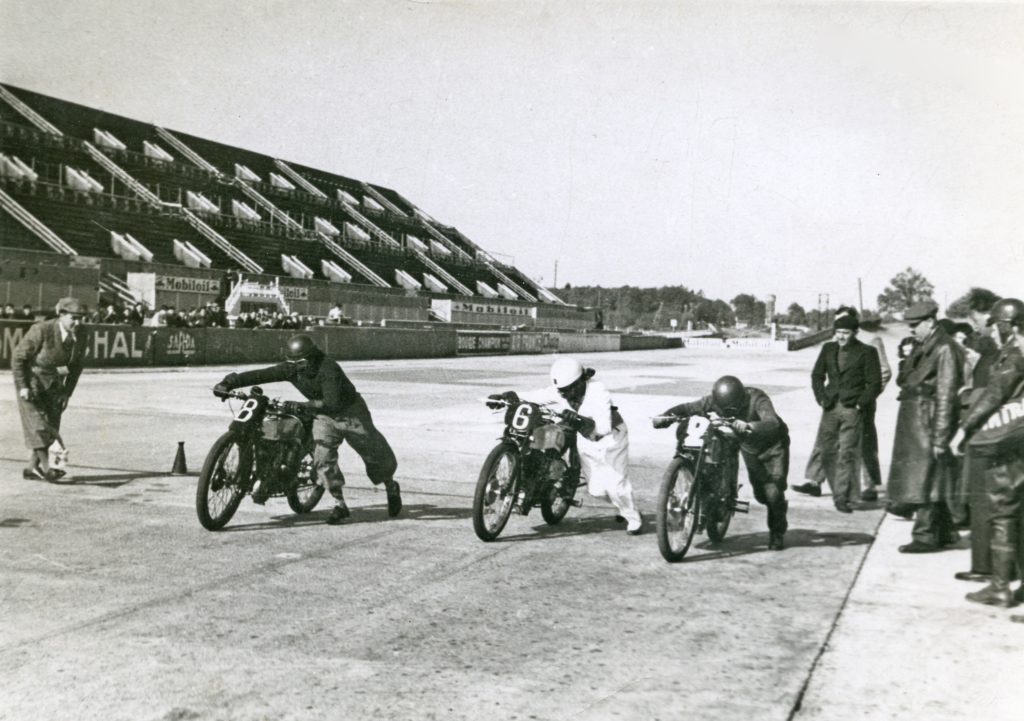
1938 Wicksteed-Triumph Speed Twin supercharged
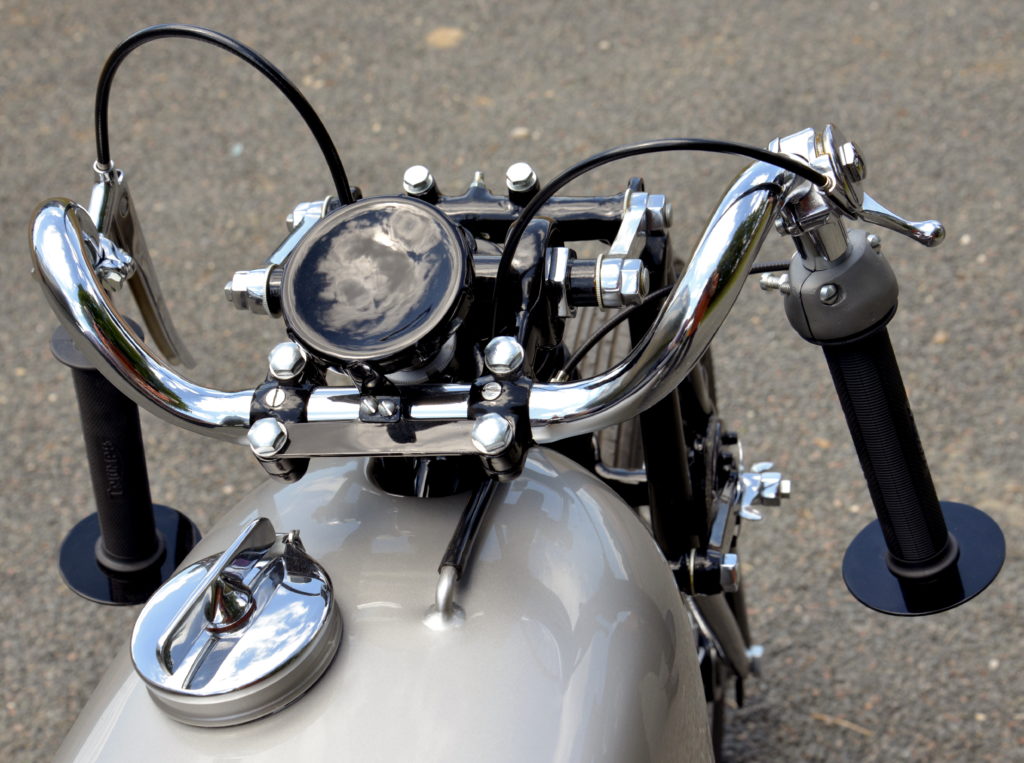
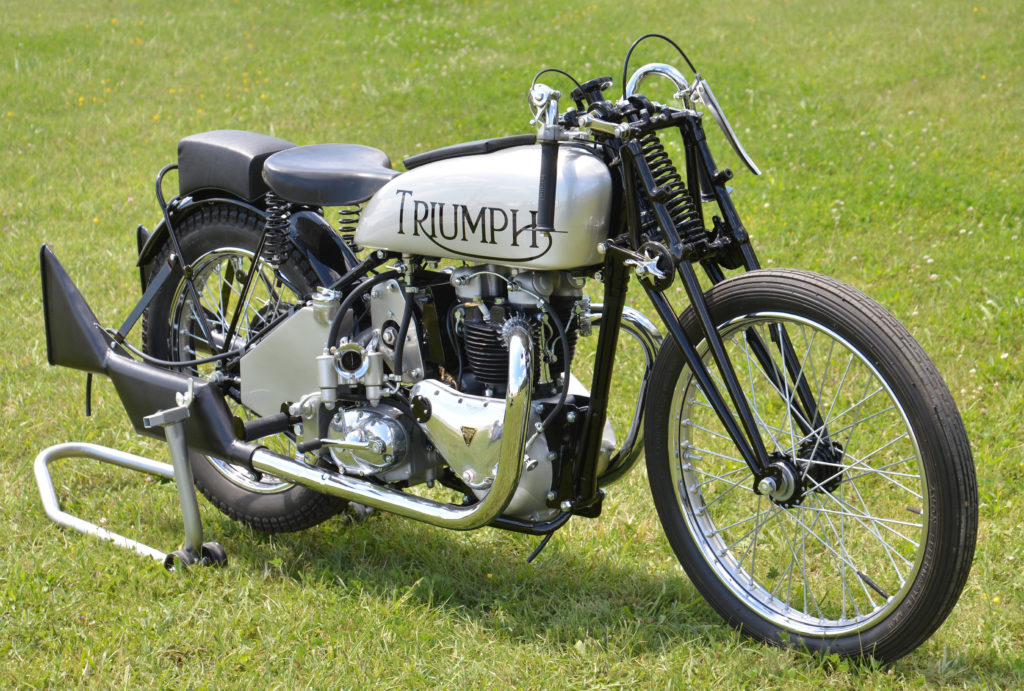
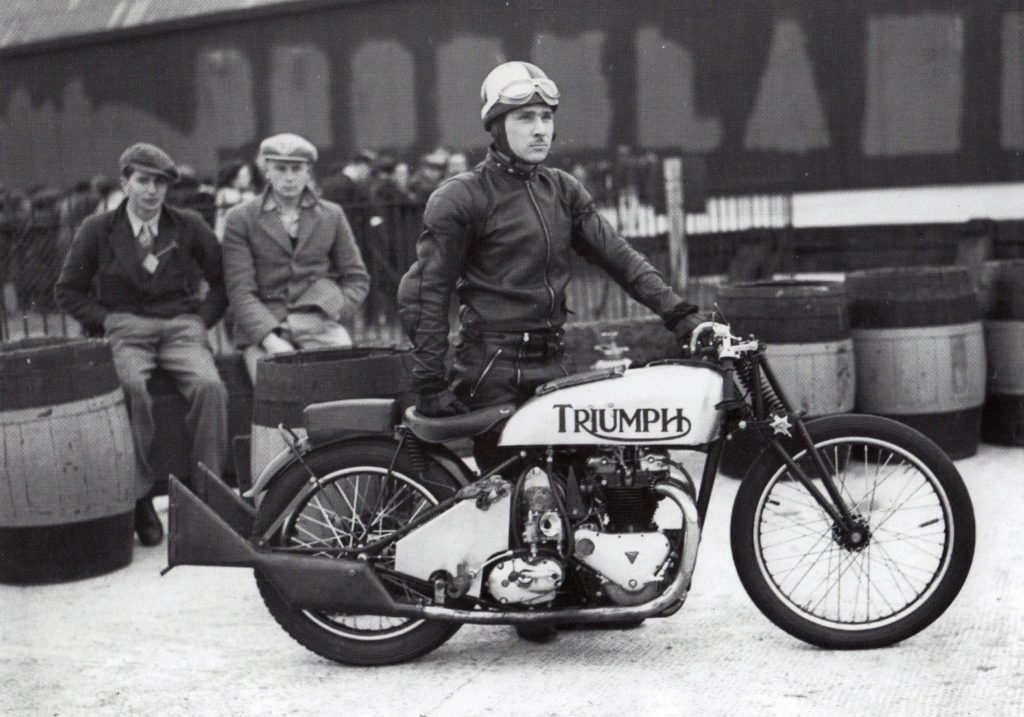
1949 Triumph Thunderbird 6T 650cc
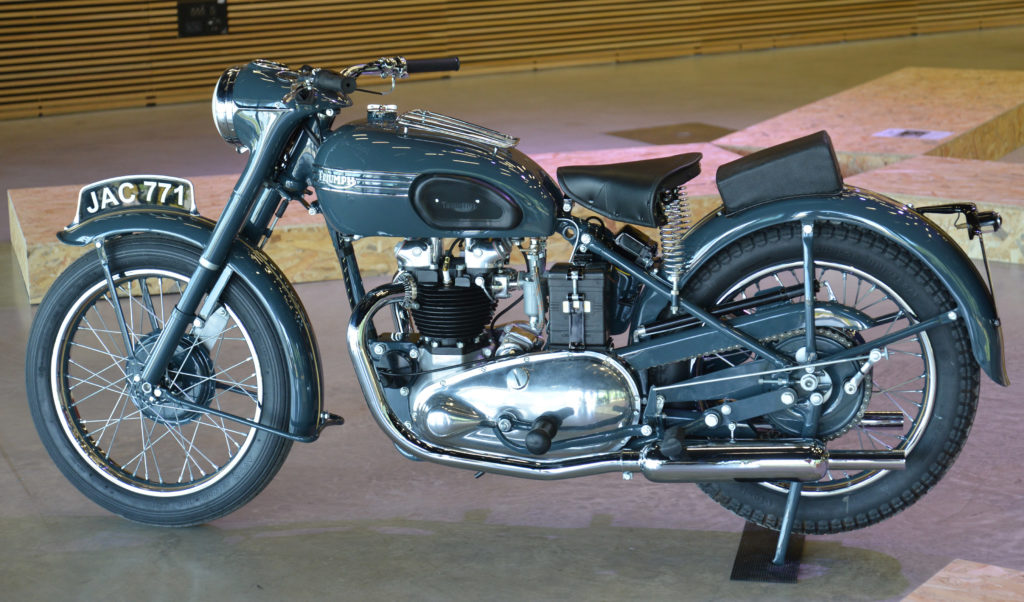
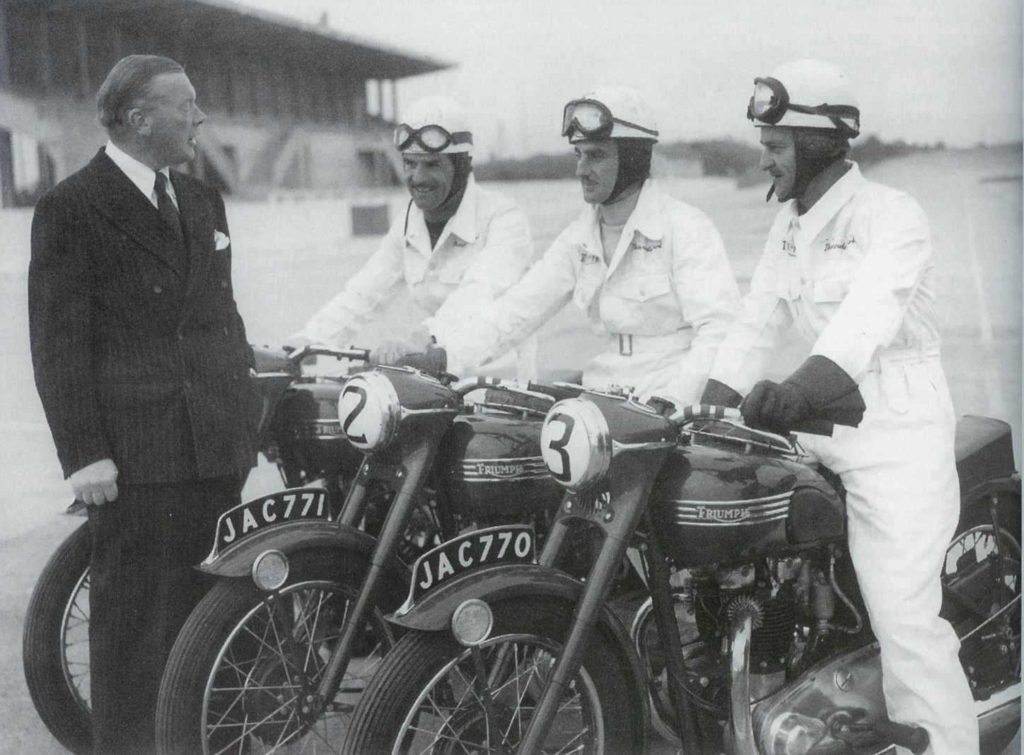
1950 Vincent ‘Dearden’ Supercharged Black Lightning 1000cc
Collection: Motor Sport Museum Hockenheimring (Germany)
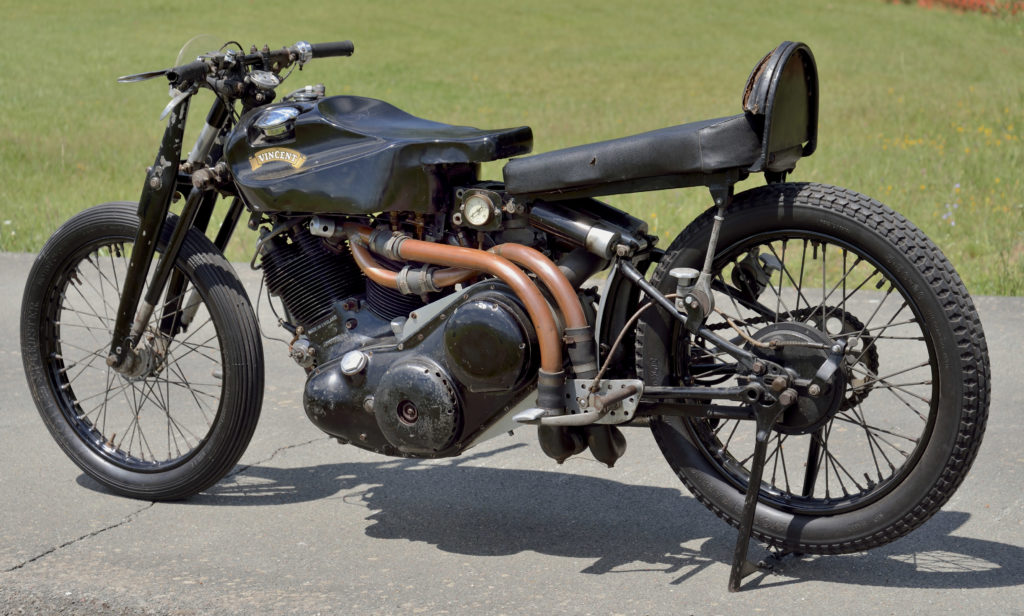
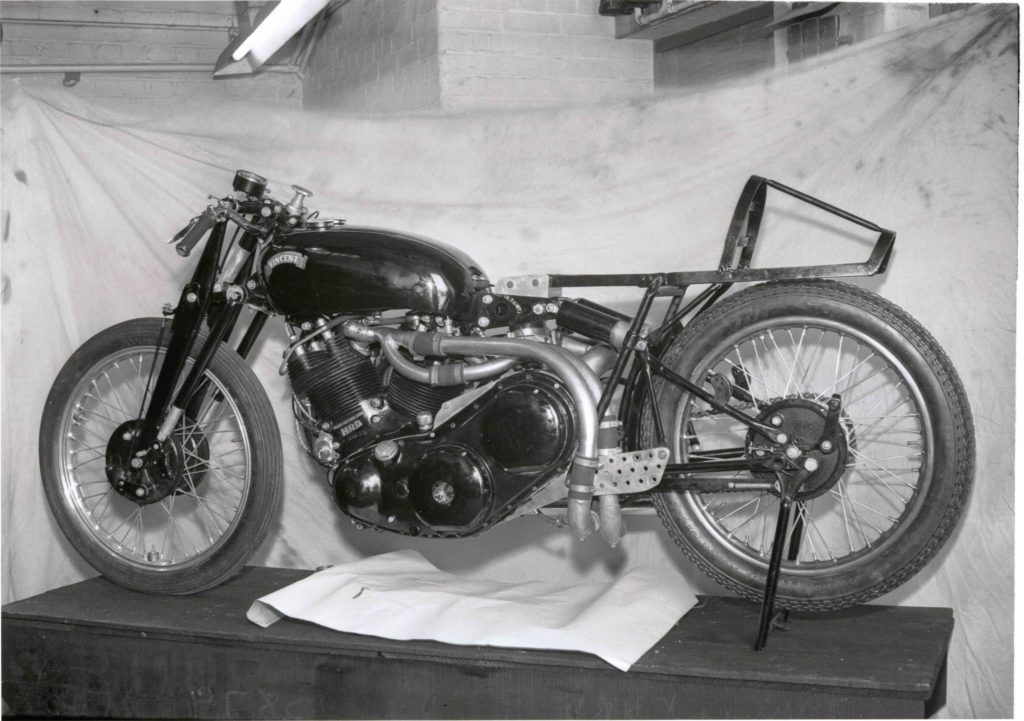
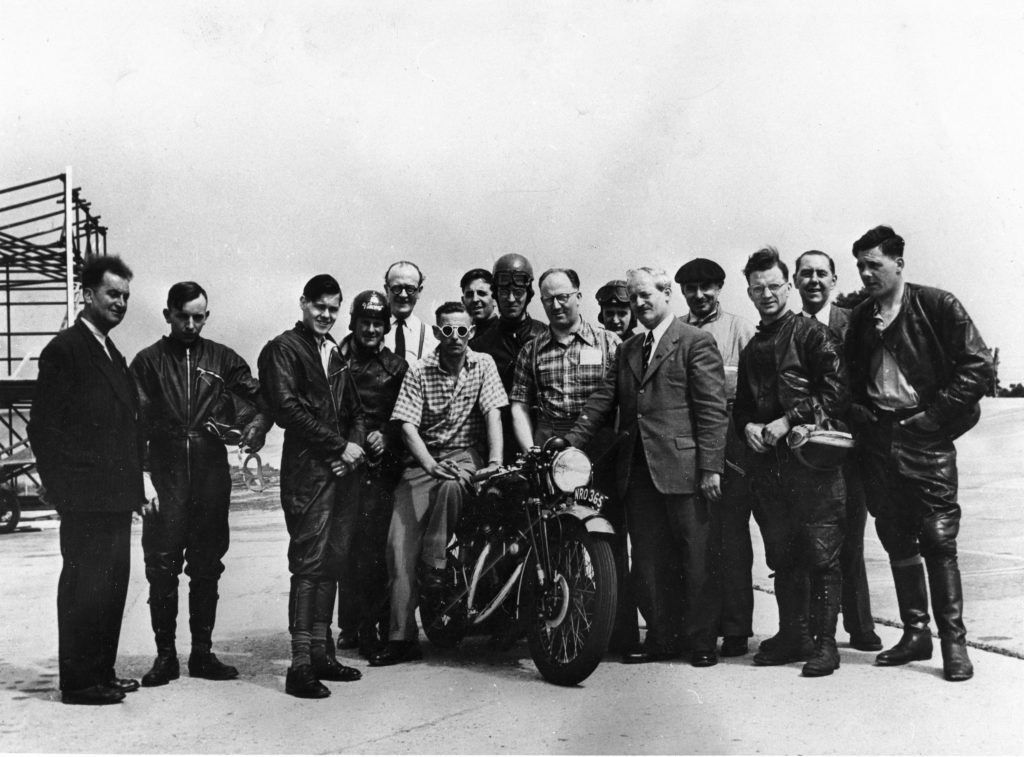
1954 BMW RS54 500cc streamliner with sidecar
Collection: BMW Group Classic (Germany)
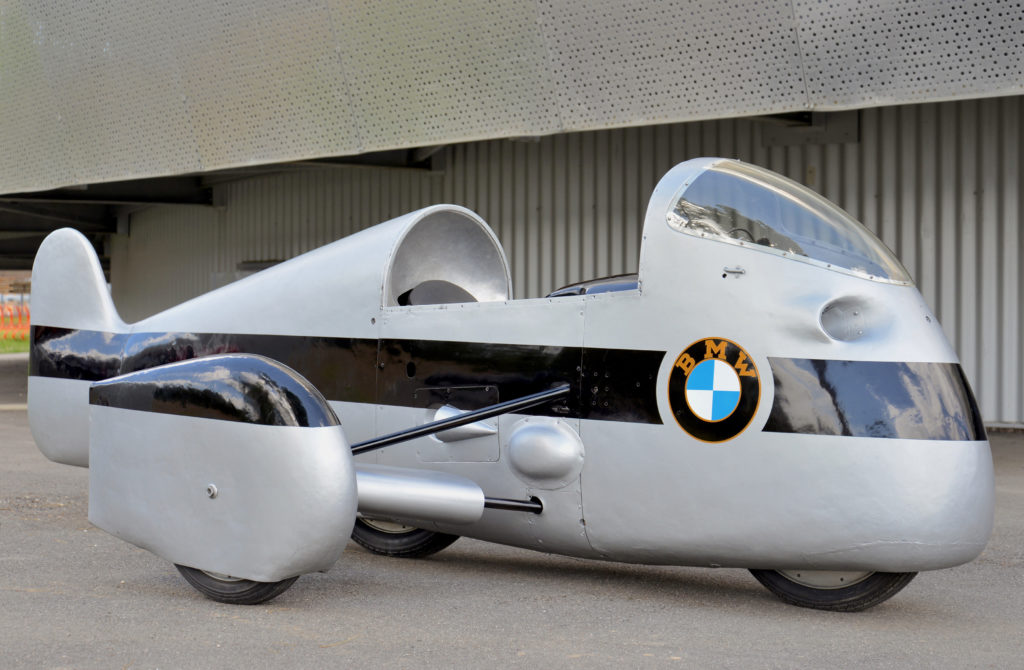


1956 NSU SportMax 250cc
Collection: Top Mountain Motorcycle Museum – Hochgurgl (Austria)
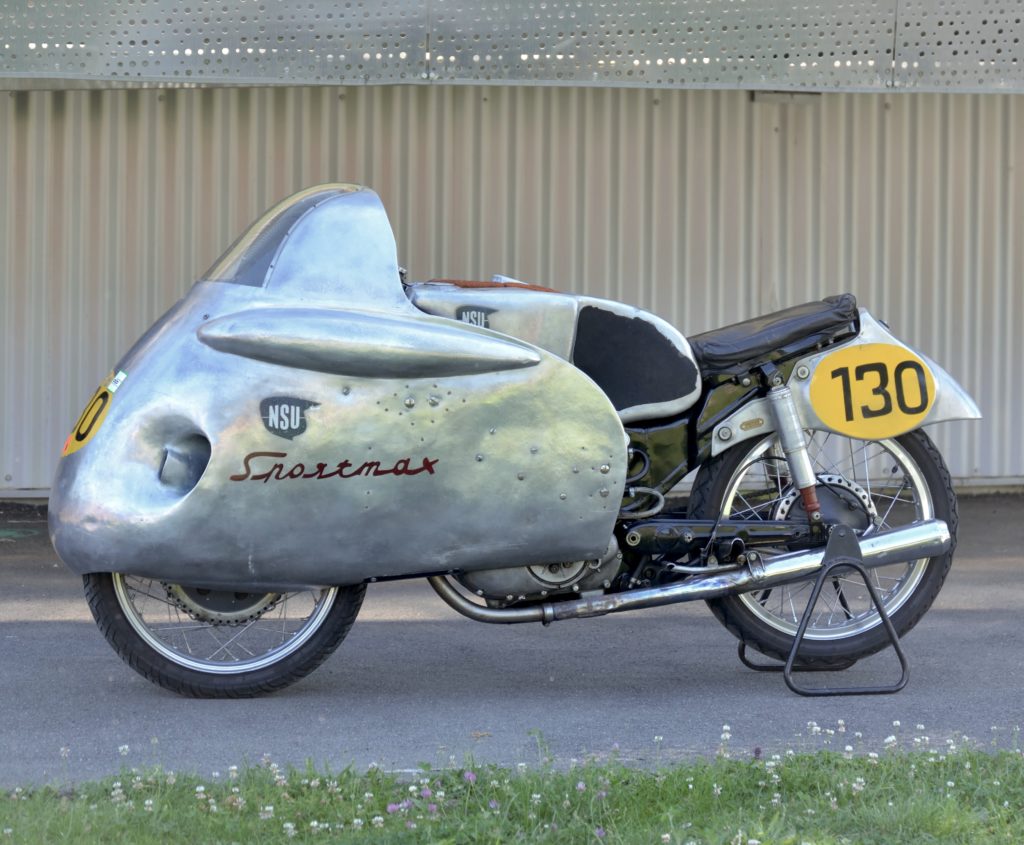

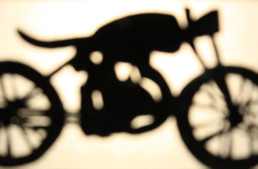
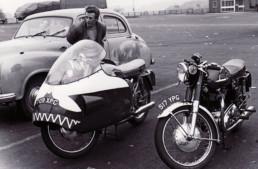
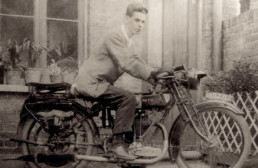
that last bit is fascinating,describing the NSU valve train; great article! the horsepower stats seem puny by modern standards,and belie the sheer cojones it took to get out there and ride “hell for leather”